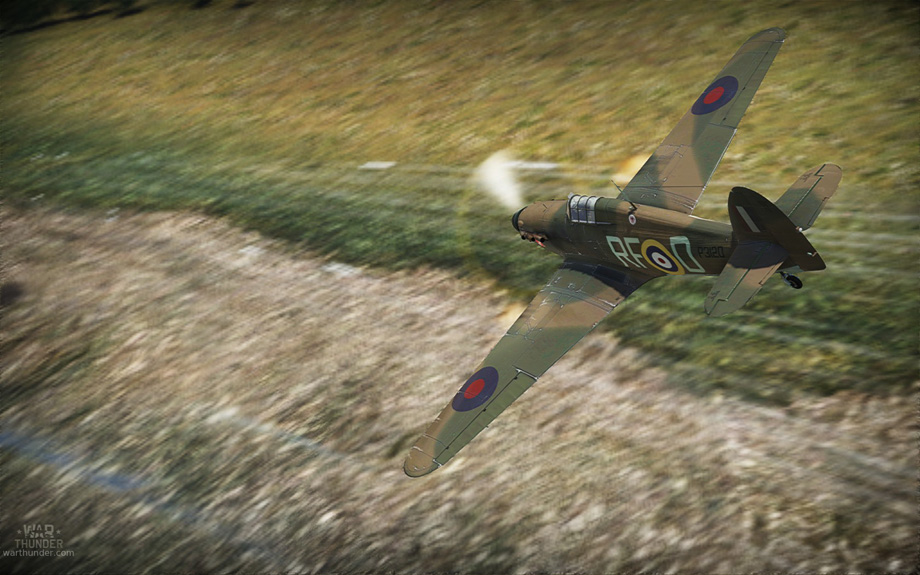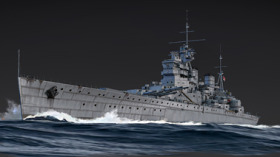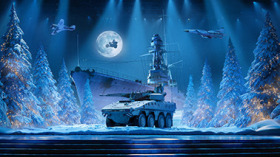
- For PC
- For MAC
- For Linux
- OS: Windows 10 (64 bit)
- Processor: Dual-Core 2.2 GHz
- Memory: 4GB
- Video Card: DirectX 11 level video card: AMD Radeon 77XX / NVIDIA GeForce GTX 660. The minimum supported resolution for the game is 720p.
- Network: Broadband Internet connection
- Hard Drive: 22.1 GB (Minimal client)
- OS: Windows 10/11 (64 bit)
- Processor: Intel Core i5 or Ryzen 5 3600 and better
- Memory: 16 GB and more
- Video Card: DirectX 11 level video card or higher and drivers: Nvidia GeForce 1060 and higher, Radeon RX 570 and higher
- Network: Broadband Internet connection
- Hard Drive: 62.2 GB (Full client)
- OS: Mac OS Big Sur 11.0 or newer
- Processor: Core i5, minimum 2.2GHz (Intel Xeon is not supported)
- Memory: 6 GB
- Video Card: Intel Iris Pro 5200 (Mac), or analog from AMD/Nvidia for Mac. Minimum supported resolution for the game is 720p with Metal support.
- Network: Broadband Internet connection
- Hard Drive: 22.1 GB (Minimal client)
- OS: Mac OS Big Sur 11.0 or newer
- Processor: Core i7 (Intel Xeon is not supported)
- Memory: 8 GB
- Video Card: Radeon Vega II or higher with Metal support.
- Network: Broadband Internet connection
- Hard Drive: 62.2 GB (Full client)
- OS: Most modern 64bit Linux distributions
- Processor: Dual-Core 2.4 GHz
- Memory: 4 GB
- Video Card: NVIDIA 660 with latest proprietary drivers (not older than 6 months) / similar AMD with latest proprietary drivers (not older than 6 months; the minimum supported resolution for the game is 720p) with Vulkan support.
- Network: Broadband Internet connection
- Hard Drive: 22.1 GB (Minimal client)
- OS: Ubuntu 20.04 64bit
- Processor: Intel Core i7
- Memory: 16 GB
- Video Card: NVIDIA 1060 with latest proprietary drivers (not older than 6 months) / similar AMD (Radeon RX 570) with latest proprietary drivers (not older than 6 months) with Vulkan support.
- Network: Broadband Internet connection
- Hard Drive: 62.2 GB (Full client)
A Hawker Hurricane providing cover for the landing troops on Dieppe Beach
Skin made by DarkSoul79 | Download here
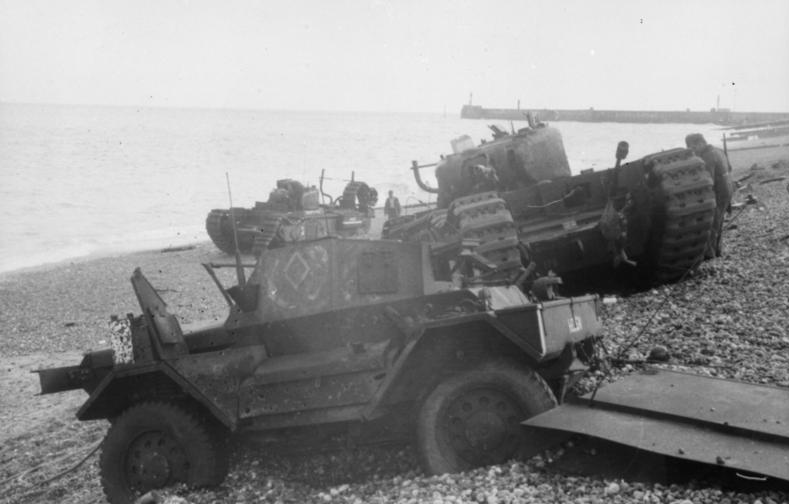 |
| The disastrous outcome of the Dieppe raid evident by the abandoned Churchill tanks and equipment. |
After the evacuation of Dunkirk in 1940 prior to the Battle of Britain, Allied forces comprised of British and Canadian infantry as well as volunteers from America and the Free French resistance planned for developments of a much more effective raiding force. Working in conjunction with the RAF and Royal Navy, many new techniques were to be employed to try to prevent a repeat of previous experiences. The operation specifically at Dieppe was planned by Vice Admiral Lord Mountbatten and was originally to take place during June of 1942 under the codename of Operation Rutter.
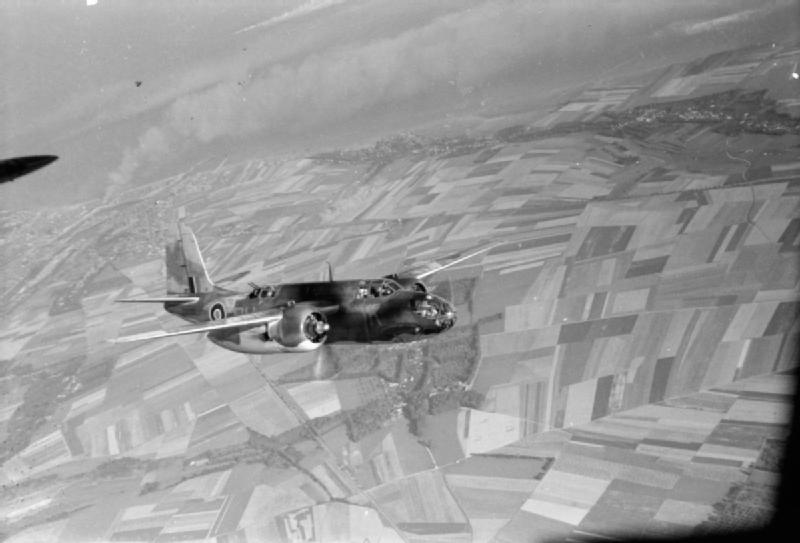 |
| An RAF Boston Mk III from No.88 Squadron heads out over France after attacking German gun battery around Dieppe. |
At 4:50 AM on the 19th of August the raid began after months of unsatisfactory attempts. The element of surprise was lost almost immediately when some of the landing craft engaged fire with several small German convoys around 3:48 AM, already foreshadowing the disasters to come. The main assault simply fell into chaos as soon as the tanks began to roll off the landing crafts. Shingle on the beach as well as concrete blocks grinded the tanks to a halt and bogged them down on the harsh surface, leaving them prey to German anti-tank defences. Infantry elements proved to be even less successful as machine gun fire crossed from all around in hidden positions. Disarray was made even worse by smoke screens laid by Royal Navy ships that blocked the objectives and landing positions, resulting in misjudged landings and utter mayhem for Allied forces.
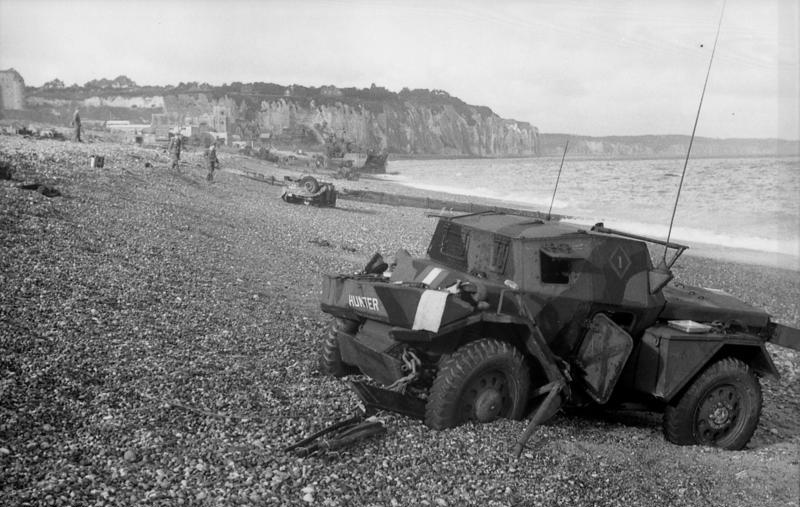 |
| The beaches of Dieppe after the withdrawal order was completed. |
Hurricane fighter-bombers and their Spitfire escorts from the RAF could do little to draw Luftwaffe opposition out on their own terms. Insufficient protective fire was provided to the landing forces and the failure to gain aerial superiority on the operation allowed Dornier Do 217’s of KG 2 to commence attacks on the Royal Navy ships, who were also failing to provide sufficient fire on German positions. All of this resulted in the land forces ultimately being largely ineffective and completely trapped in a situation that echoed Dunkirk two years prior to Dieppe.
At 11:00 AM the order to withdraw was given. By this time the Luftwaffe had made its presence more known and infantry forces and tanks were trapped under heavy fire almost at the positions they initially landed on. By 14:00 the evacuation was completed and all assets that could be retrieved pulled back. Many Churchill tanks as well as other military equipment stood exactly where it was left on the beaches, either rendered useless or simply abandoned in action.
The aftermath showed the disastrous effects of the raid with 3,367 of the 5,000 Canadian combatants critically wounded, taken prisoner or killed in action. 275 British Commandos lost their lives and the RAF too suffered, AA fire and the Luftwaffe downed 106 aircraft, the Luftwaffe losing 48 aircraft themselves. The Royal Navy sustained losses of 550 killed or wounded, losing one Destroyer and 33 Landing craft. German army casualties were around 591.
Lessons learned from this event would consequently affect Operation Neptune, the Allied D-Day landings that would take place 2 years later in Normandy that ultimately proved a success and turned the tide on the Western Front.
Scott “Smin1080p” Maynard
